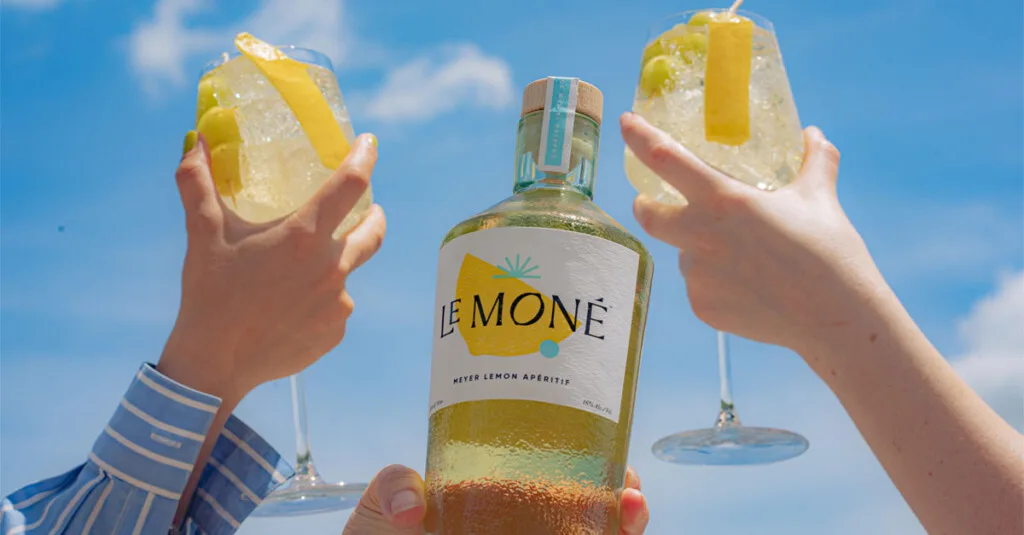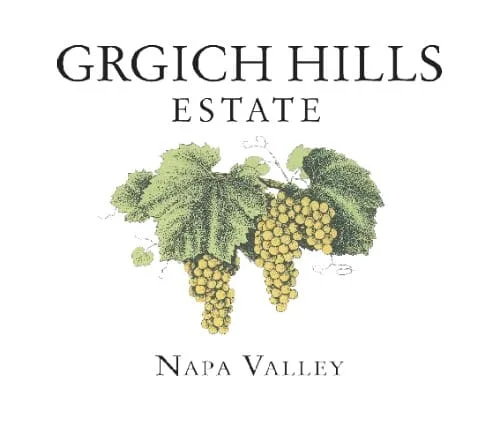Some things just make sense together: peanut butter and jelly, the beach and sunshine, shampoo and conditioner. Consider this a bid to add one more combination to the “perfect pair” repertoire: lemon and Spritzes.
Both connote hot weather, blank blue skies, and languorous summertime. When combined, something magic happens, resulting in a pithy Lemon Spritz on the verge of becoming a breakout star. But it’s no overnight success. This cocktail has been teetering on the brink of mainstream popularity for years. Now all it needs is a little push.
The Origin of the Spritz
Nabbing its name from the German word “spritzen,” meaning “to splash,” an iteration of the increasingly popular Spritz now ranks eighth out of the 50 top-selling cocktails of 2024. Its roots date as far back as the 1800s, when soldiers passing through Veneto, Italy, part of the Austro-Hungarian Empire, found the native wines unpalatable, adding a splash of water to tone them down. In the 200-odd years since then, flat water was swapped for fizzy soda water and sparkling wine, and supplemental fortified wines and liqueurs were added. The resulting Spritz is a sessionable staple ripe for experimentation.
Trend Alert
Those with an ear to the ground regarding beverage trends might not be surprised to learn that the Spritz has surpassed Bellinis and even Espresso Martini’s popularity across the U.S., according to a report by CGA by NIQ. The numbers don’t lie — since 2021, the demand for Spritz cocktails has continually increased. Mixologists






